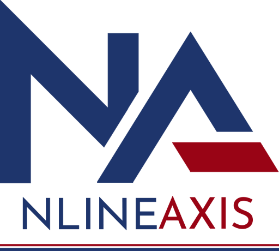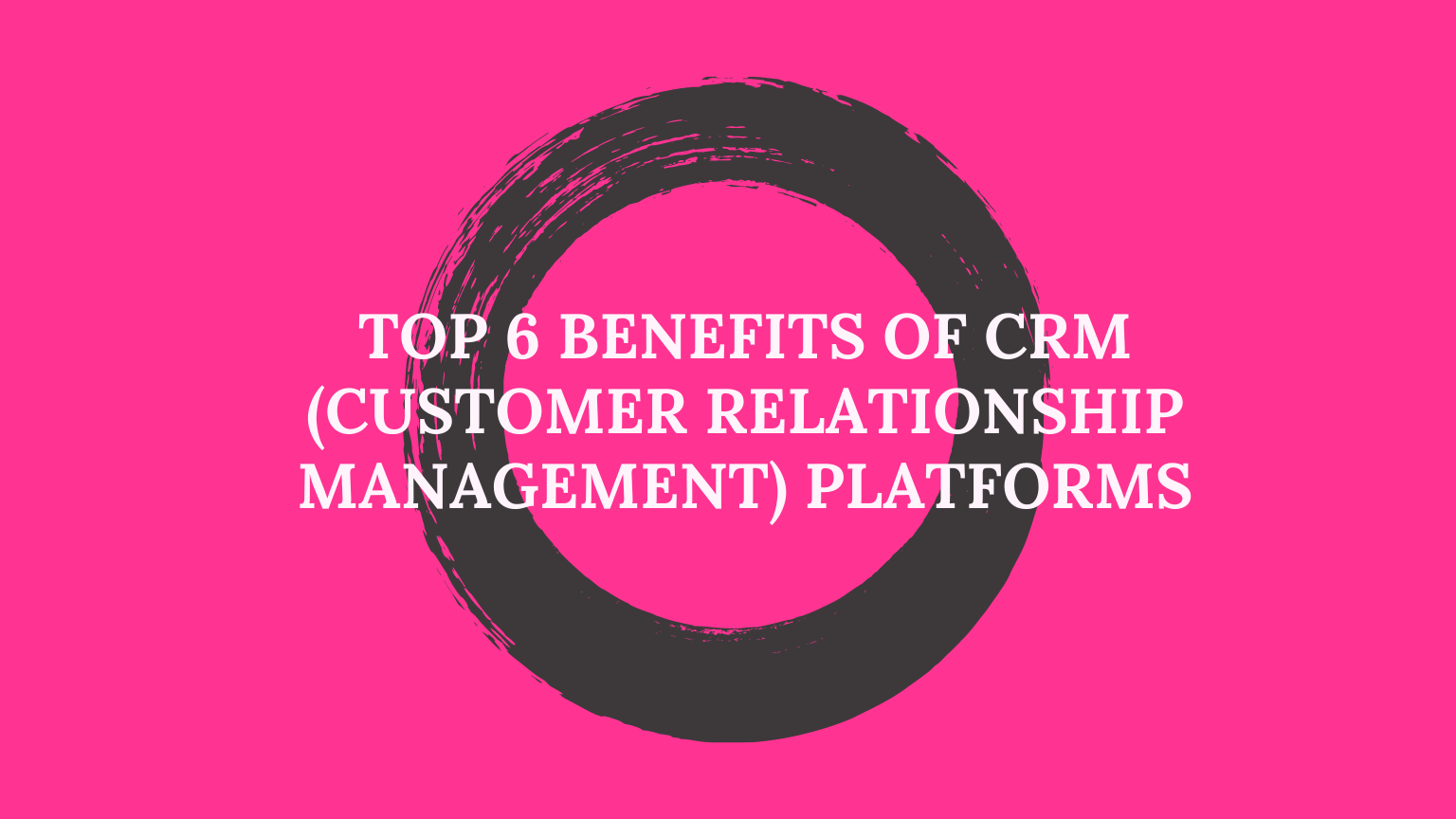Top 6 Benefits of CRM (Customer Relationship Management) Platforms

Customer-centric experiences continue to define every moment in business this year, but what’s rarely discussed is what makes this shift possible for brands. To be truly customer-centric, you have to know your customers preferences and the context in which they engage with your organization. The benefits of CRM software are crystal clear: It keeps all historical data in one place, making it easier to manage customer relationships. And thankfully, the advantages of CRM have multiplied to bring multiple departments together and empower more connected teams with the same data.
Today’s CRM tools are supercharged with integrations that foster collaboration and accessible data — all under one roof. The right tool should help Salesforce companies target different audiences, design smart automations based on an individual lead or customer’s activity, proactively work with contacts and manage relationships. More importantly, every department can now deliver consistent, personalized interactions in the best interest of customers.
Top Benefits of CRM
1. Cross-Functional Insights and Reporting
Data is a necessary part of growing business in a digital-first economy, and it’s available from a number of resources: social media, Google Analytics, business software, apps, and CRM technology. It’s not useful, however, until it’s sorted, cleaned, analyzed, and made actionable for multiple teams, who all have a single, shared view of a customer and all the customer’s information.
For example, companies of all sizes use social media and rely on metrics from those platforms. Google Analytics is an important tool many business owners use, at least minimally, to monitor their website traffic. However, you’ll quickly learn in exporting Excel files that the tools alone don’t provide recommendations. Additionally, marketing analytics often don’t translate across other departments.
A CRM system can consolidate a comprehensive analysis of your customers’ online (to sometimes offline) activity to paint a holistic picture of their needs. When your company is designed to maintain clean data this way, you can use your CRM platform to collate, tabulate, and customize data in a report for unique department needs. The key differentiator here is all reporting centers around the customer needs, ultimately enabling your teams to make decisions keeping them front and center.
2. Actionable Data Dashboards
Using spreadsheets or disconnected systems to manage your customer relationships and data means inputting or importing data manually, figuring out what’s important, lacking historical context or the full picture of a customer relationship to derive proper insights, and then trying to create a graphical way to present this data. CRM does most of this for you. Once you’ve invested in the platform, you can take advantage of another CRM benefit, the dashboard. You can set up a customized dashboard for every individual to help translate insights into action.
3. Customer-Centric Automation
Because you are continually capturing data about and insights into your audience, market, and industry, you can create more relevant, personalized messaging and outreach that’s tailored to the unique needs of each customer. This is the advantage of dynamic content and automated messaging: You can put people who have an important similarity — for example, an interest in a niche product — into different drip campaigns.
This capability is a benefit of CRM that lets you set up a series of automated emails that speak to that audience specifically and are triggered by specific actions. Drip campaigns can be used throughout the sales funnel.
4. Proactive Customer Interactions
In the same way that the data in your CRM platform can help automate more personalized outreach throughout the marketing funnel, it can improve a sales team’s outreach efforts or customer service’s ability to help manage customer relationships. If a sales team has the knowledge of what interests a particular customer most, they or a support representative can meet the customer’s needs and solve problems more proactively.
This is a major advantage for a customer service team. With relevant data available in their dashboards and in cases, there’s no need to dig for information, so a rep can get right down to what matters. It saves everyone time and makes your potential and current customers feel important when sales and customer service are proactive and knowledgeable — plus, it can improve your bottom line through higher customer satisfaction and reduced time to resolution.
5. Optimized Processes
Automation is an advantage CRM platforms offer users, and it can be seen throughout the company. Three examples include:
- Cutting the time it takes to email and nurture leads with drip campaigns.
- Consistent, customer-centric interactions across marketing, sales, commerce, and service through personalized automations.
- Scoring leads using custom parameters you set or with built-in AI, so your teams can better prioritize which marketing qualified leads, or MQL, can transition to sales qualified leads, or SQL.
Marketing can spend more time creating campaigns that resonate with its audience, analyzing data, and testing different strategies based on analytics. Sales can focus on selling the right product or service to customers. Commerce can create more personalized buying experiences that translate to revenue growth. Customer service agents can dedicate their time to working with customers who have questions, problems, or more complex needs. Ultimately, an efficient company can better serve its customers — that’s the greatest benefit of CRM software.
6. Simplified collaboration.
Your Customer Relationship Management serves as a record of conversations, interactions, needs, notes, and contact information — an incredible advantage to winning customer-centric experiences. And if it’s cloud-based, it’s always up to date, and your teammates can easily access records from anywhere. Additionally, some CRM platforms have built-in collaboration and communication tools that allow many people to work on one file simultaneously or follow the progress of a document, such as a sales quote allowing faster response times to customer requests.
Conclusion
All team members can gather insights and data and work together to provide exceptional customer-centric experiences. Data organized and presented by a CRM platform leads to a better understanding of customers. This leads to better messaging and outreach, much of which can be done with automation, which helps you offer better, more efficient customer service. Furthermore, your teams can collaborate more easily and reduce siloes.


